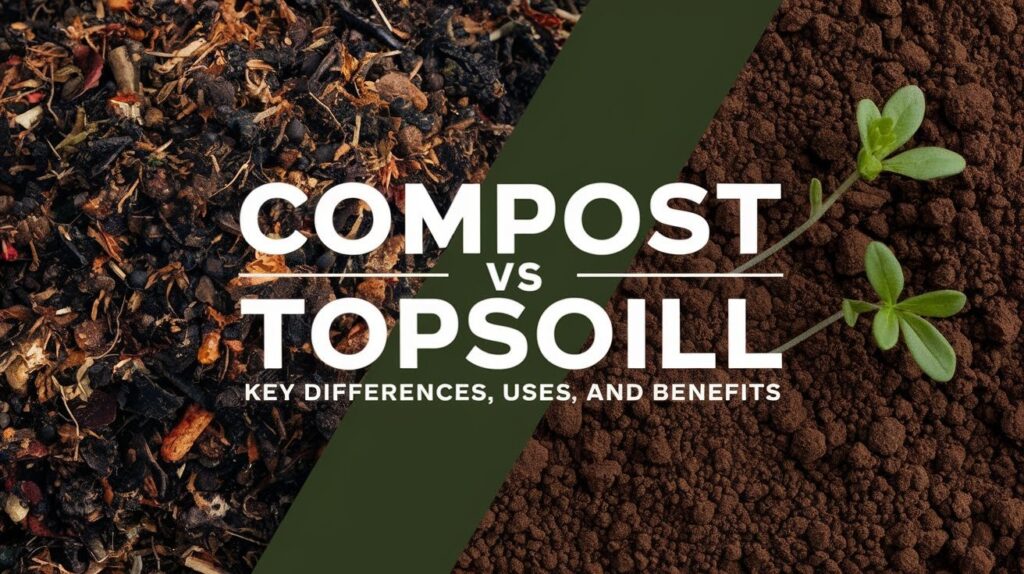Have you ever wondered why some gardens thrive while others struggle?
The secret lies beneath the surface. Soil health can make or break your gardening dreams.
Think about it. You plant seeds with hope. You water them faithfully. Yet sometimes they just won’t grow.
Here’s what most people don’t realize. The foundation of your garden starts with understanding two key players: compost and topsoil.
But wait. Aren’t they the same thing?
Not quite. Compost is decomposed organic matter that feeds your plants. Topsoil is the upper layer of the earth where plants naturally grow.
Today, you’ll learn exactly when to use each one. Plus, why combining both might be the game-changer your garden needs.
Ready to give your plants the best possible start?
What is Topsoil?
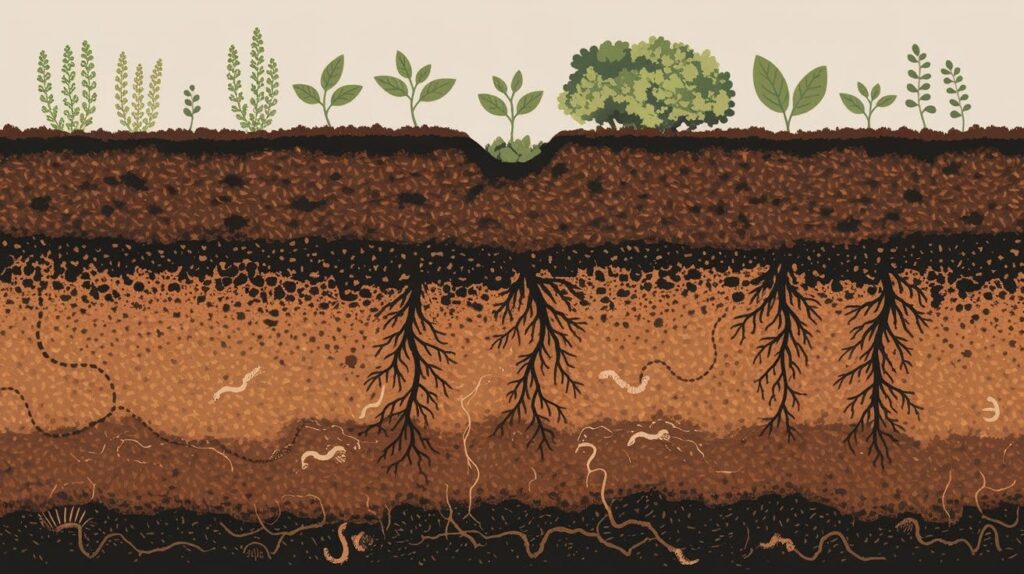
Picture the top layer of Earth in your yard. That’s topsoil.
It sits in the upper 4 to 12 inches of ground. This zone is where all the magic happens.
But what’s actually in there?
Topsoil contains four main ingredients. Sand provides drainage. Silt holds moisture. Clay adds structure. Organic matter feeds your plants.
Think of it as nature’s recipe book.
Here’s the truth. Plants depend on topsoil for survival.
It gives roots something solid to grip. It stores water when plants get thirsty. And it holds the nutrients that keep your garden healthy.
Without quality topsoil, even the best gardening efforts fall short.
What is Compost?
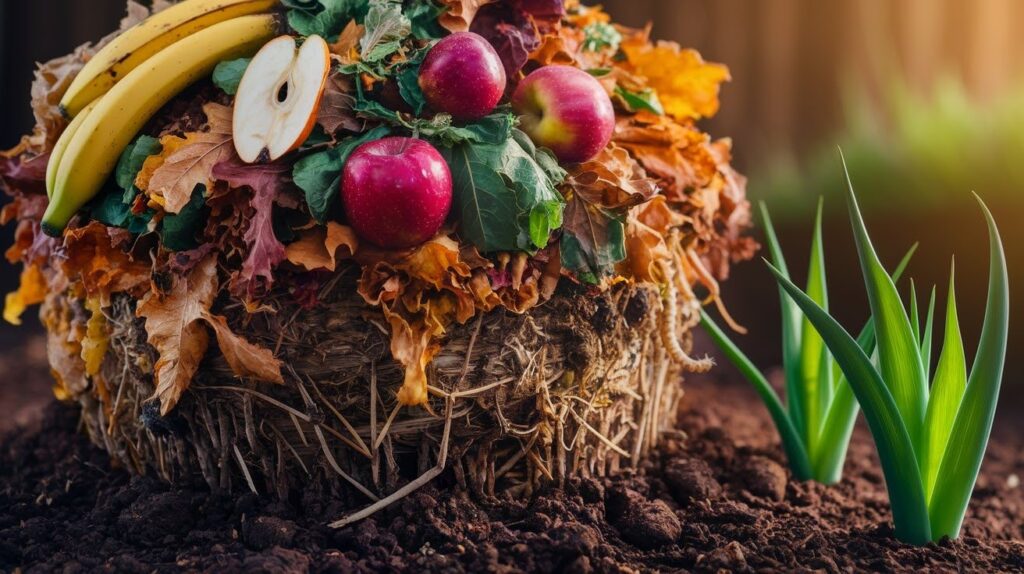
Think of compost as nature’s recycling program.
It starts with organic waste. Fallen leaves from your yard. Kitchen scraps like banana peels. Old grass clippings. Even animal manure.
All of this breaks down over time.
What you get is pure gold for your garden.
Compost is packed with nutrients your plants crave. It’s loaded with helpful microbes that keep soil healthy.
But here’s where it gets interesting.
Compost doesn’t just feed your plants. It changes your soil for the better.
It makes heavy clay soil easier to work with. It helps sandy soil hold onto water longer.
No wonder experienced gardeners swear by it.
Compost vs Topsoil: What’s the Difference?
Here’s what confuses most gardeners. Both look like dirt. Both help plants grow. But they work in completely different ways.
Let me break this down for you.
Topsoil comes straight from nature. It’s the soil layer that already exists in your yard. Compost is something you create from decomposed organic materials.
Think of topsoil as your foundation. Compost is your fertilizer.
| Feature | Topsoil | Compost |
| Origin | Naturally occurring soil layer | Decomposed organic material |
| Nutrients | Moderate, depends on quality | Very nutrient-rich |
| Main Role | Growing medium, structure | Soil amendment, fertility boost |
| Best For | Filling, leveling, building beds | Enriching soil, boosting growth |
Here’s the real difference in action.
Need to fill a garden bed or level your lawn? Topsoil does the heavy lifting. Want to make your existing soil more fertile? That’s where compost shines.
Topsoil builds the structure. Compost feeds what grows in it.
Most successful gardens use both. They complement each other perfectly.
Types of Topsoil
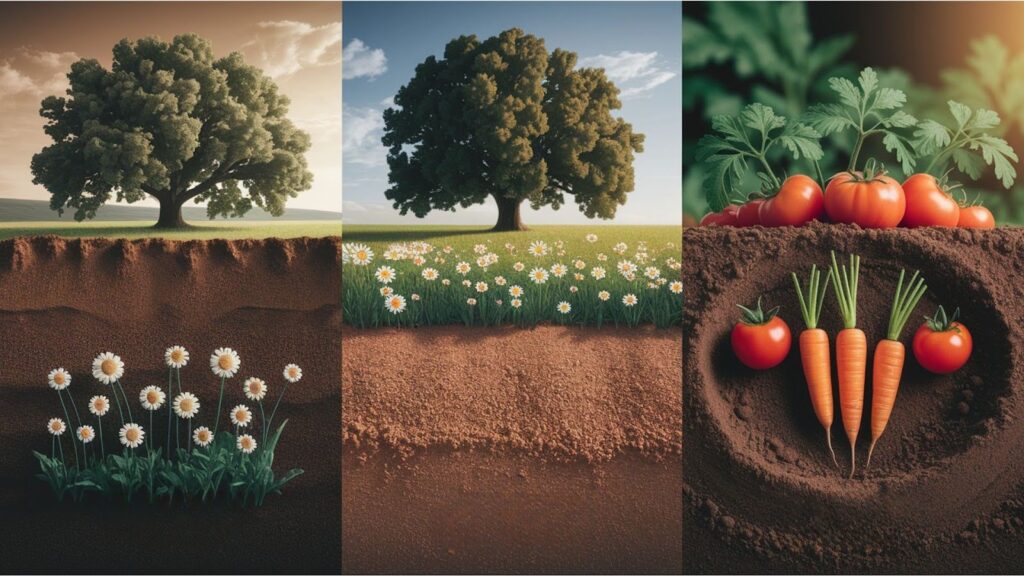
Not all topsoil is created equal. The type you choose can make or break your gardening success.
- Clay Topsoil: Has tiny particles that stick together. It holds water like a sponge. Your oak and maple trees will love this stuff. But be careful. It can get waterlogged easily.
- Sandy Topsoil: The opposite of clay. Large particles let water drain fast. Perfect for flowers like daisies that hate wet feet. The downside? Nutrients wash away quickly, too.
- Loamy Topsoil: This is the sweet spot. It’s a balanced mix of sand, silt, and clay. Plus, it’s loaded with nutrients. Vegetables thrive in loamy soil. So do most ornamental plants.
Types of Compost
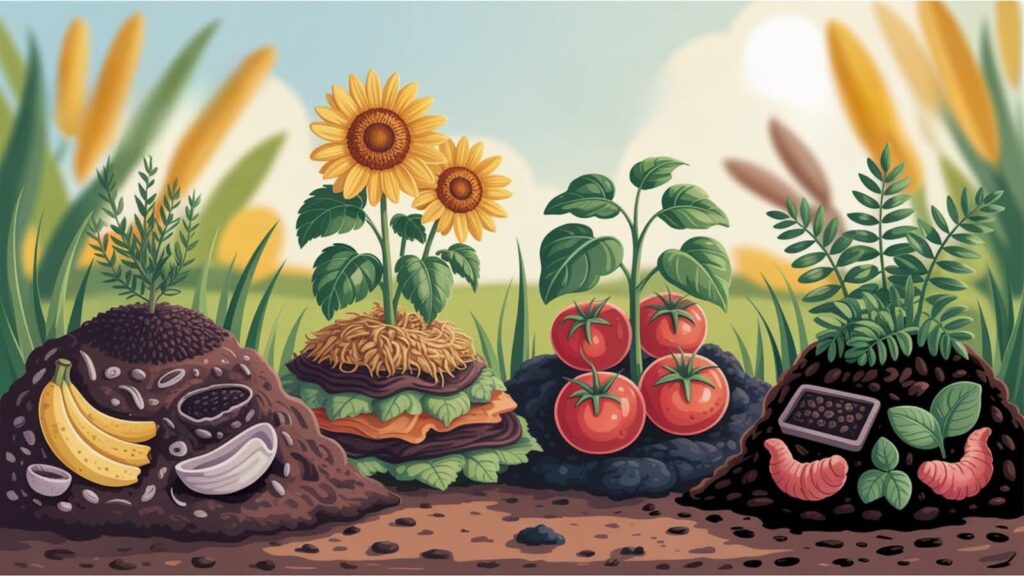
Compost comes in different flavors, too. Each type brings something unique to your garden.
- Food Waste Compost: Starts in your kitchen. Banana peels, coffee grounds, and vegetable scraps all break down into rich plant food.
- Yard Waste Compost: What most home gardeners make. Fallen leaves, grass clippings, and pruned branches create this garden gold.
- Manure Compost: Packs a serious nutrient punch. Horse, cow, and chicken waste create some of the richest compost available.
Specialty Compost: Want to get fancy? Try bokashi or vermicomposting. These advanced methods create super-concentrated compost blends.
How to Use Topsoil in the Garden
Ready to put topsoil to work? Here’s exactly how to use it for maximum results.
- Building Garden Beds – Add a 3 to 6 inch layer of topsoil to create level, structured growing areas. This gives your plants the foundation they need to establish strong root systems.
- Lawn Care – Got low spots in your yard? Topsoil fills them perfectly. It creates smooth, even surfaces that make your lawn look professional.
- Landscaping – Use topsoil as your base layer before laying sod or planting new areas. Think of it as preparing the canvas before you paint.
How to Use Compost in the Garden
Compost works differently. It’s all about feeding and improving what’s already there.
- Soil Amendment – Mix compost directly into your raised beds and vegetable gardens. Your plants will thank you with bigger harvests and healthier growth.
- Mulch Alternative – Spread a thin layer around plants to improve soil quality while keeping weeds at bay. It’s like hitting two birds with one stone.
- Lawn Top-Dressing – Apply compost after aerating your lawn. It boosts fertility and helps grass grow thicker and greener.
The key difference? Topsoil builds structure. Compost feeds and improves.
Compost vs Topsoil: Which One Should You Choose?
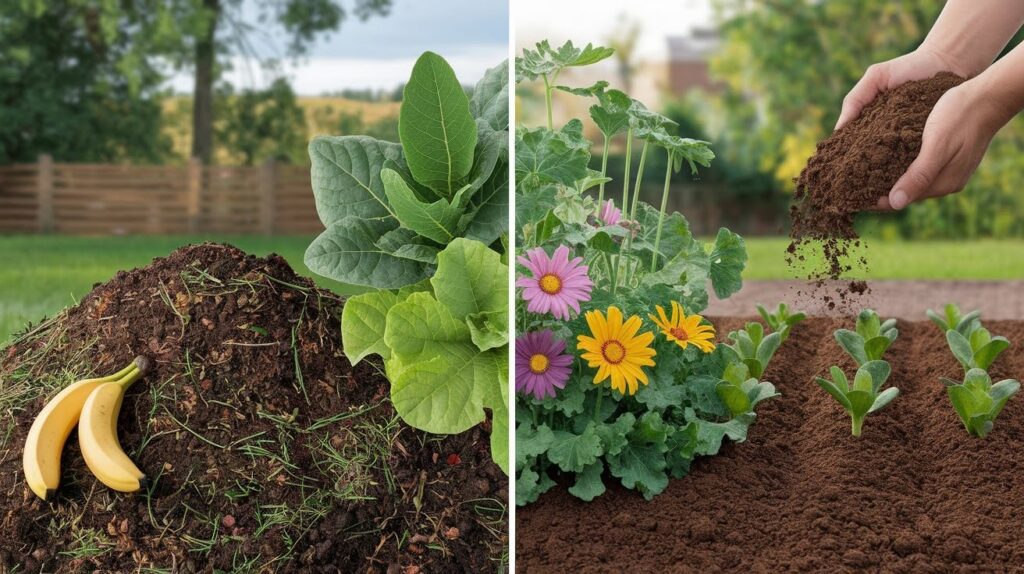
Here’s the question every gardener asks. Should I buy topsoil or compost?
The answer depends on what your garden needs right now.
Choose topsoil when you need structure. Starting a new garden bed? Building up low areas? Topsoil does this heavy lifting work.
Choose compost when your soil needs feeding. Got plants that look weak or yellow? Compost fixes these problems by adding nutrients.
But here’s what smart gardeners know.
You don’t have to pick just one. The best results come from using both together. Topsoil provides the foundation. Compost provides the nutrition.
This combination creates the perfect growing environment. Your plants get structure and food in one complete package.
Conclusion
After years of working with both materials, I’ve learned this simple truth. Compost and topsoil aren’t competitors. They’re partners.
Think of it this way. Topsoil builds the house. Compost fills it with life.
I’ve seen countless gardens struggle because gardeners picked one over the other. The magic happens when you use both together.
Compost gives you that fertility boost your plants crave. Topsoil provides the structural foundation they need to grow strong.
Here’s my final advice after making this mistake myself. Use compost to feed your existing soil. Use topsoil to build new growing areas.
When you combine them, you create something special. A garden that doesn’t just survive. It thrives.
Your plants will show you the difference. Trust me on this one.
Frequently Asked Questions
Can I use compost instead of topsoil for my garden beds?
No, compost alone won’t work for building garden beds. You need topsoil for structure and volume, then add compost to boost nutrients.
Which is better for starting a vegetable garden?
Use both together for best results. Start with quality topsoil as your base, then mix in compost to feed your vegetables throughout the growing season.
How much compost should I mix with topsoil?
A good ratio is about 25% compost to 75% topsoil for most plants. For heavy feeders like tomatoes, you can increase compost to 30-40% of the mix.
Is expensive topsoil worth the extra cost?
Yes, quality topsoil saves money in the long run. Cheap topsoil often contains weeds, poor drainage, or lacks nutrients, which force you to spend more later.
Can I make my own compost instead of buying it?
Absolutely, and it’s easier than most people think. Kitchen scraps, yard waste, and fallen leaves create excellent homemade compost in 6-12 months.

